Spectacular Swaziland
A country in southern Africa

Swaziland is a small, landlocked monarchy in southern Africa. It shares a northeastern border with Mozambique then stretches down to South Africa with a background of the Lebombo Mountains.
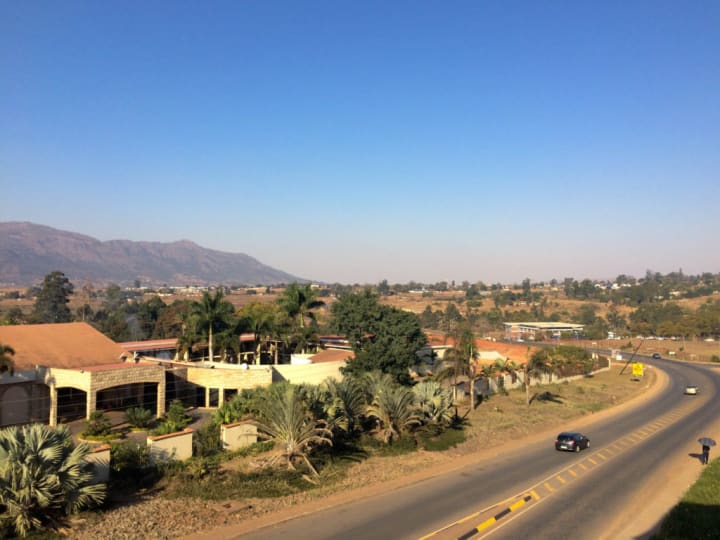
The Seat of Monarchy and Parliament
Lobamba is the seat of Swaziland’s monarchy and parliament located southeast of the capital city Mbabane.
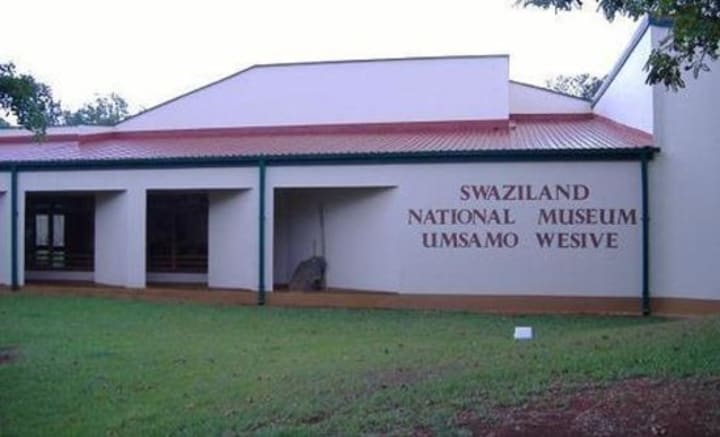
Visit the National Museum with interesting displays of Swazi culture including a traditional beehive village and cattle enclosure. You can also see several of King Sobhuza II’s cars dating from the 1940s.
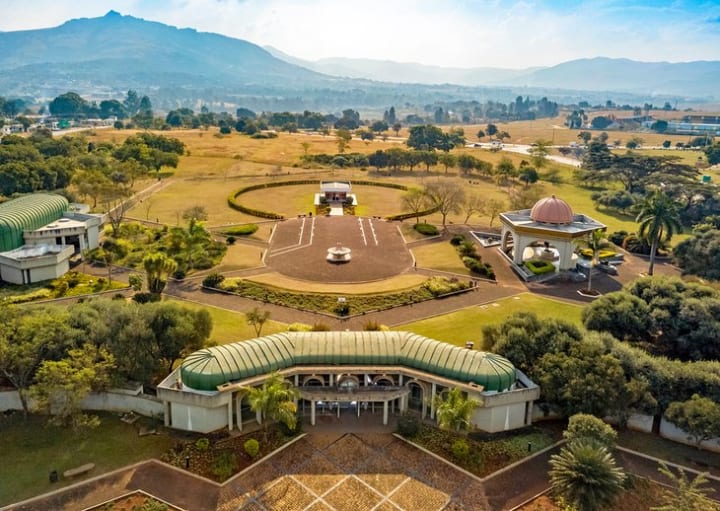
King Sobhuza II Memorial Park is adjacent to the Parliament. This memorial was established as a tribute to King Sobhuza II, who led Swaziland to independence from British rule in 1968. The main highlight here is the 3m tall bronze statue of the king. A small museum displays photos and documents about his life. The king’s mausoleum is also in the park.
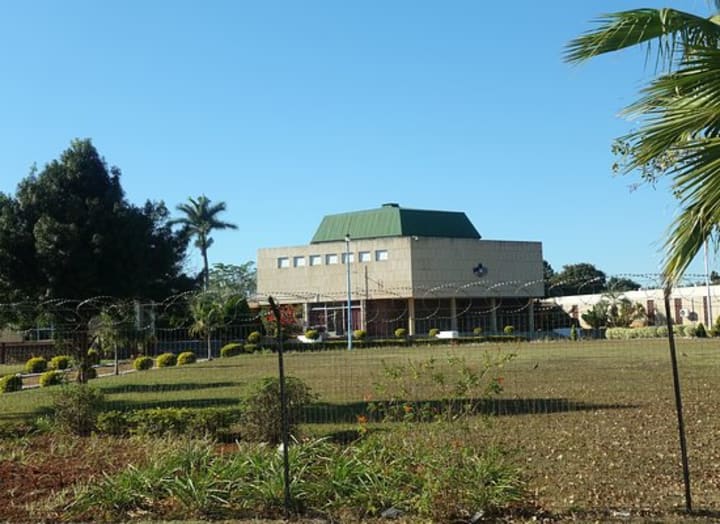
Parliament opened in 1969 as a post-independence gift from the British. This hexagonal building is topped with a brass dome and a major landmark. At times it is open to visitors.

Somhlolo National Stadium was built for Swaziland’s independence in 1968. This is a 20,000-capacity national stadium, that hosts soccer matches and is used for important state occasions like coronations. It was named after King Sobhuza I, also known as Somhlolo, the founding father of the Swazi nation.
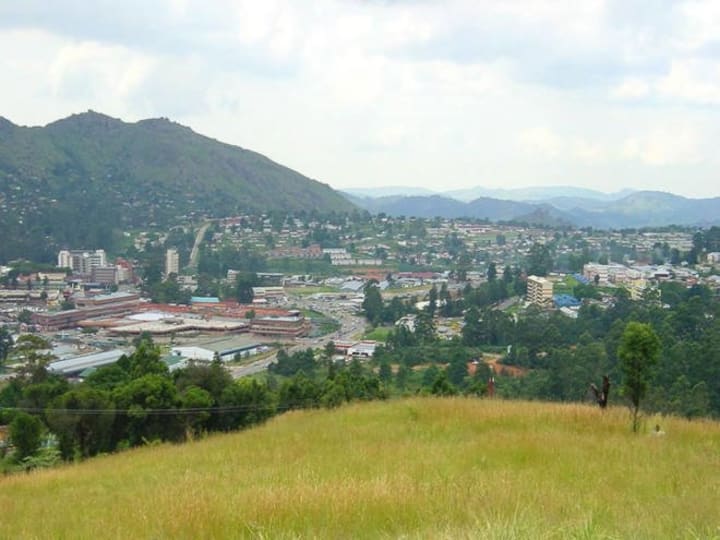
Mbabane is Swaziland’s cool-climate capital.
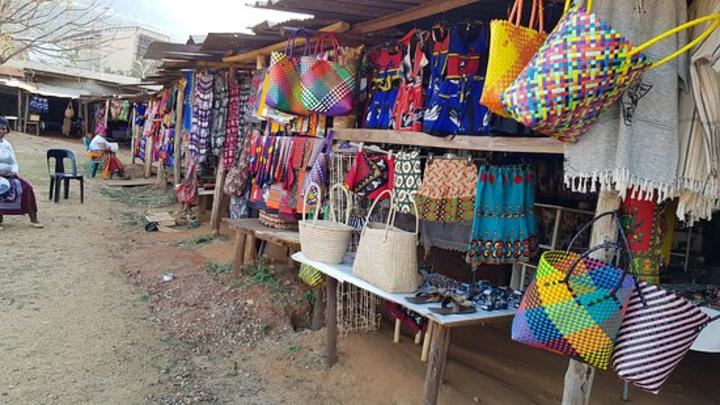
It’s home to the Swazi Market. A lively place where you can purchase almost anything.
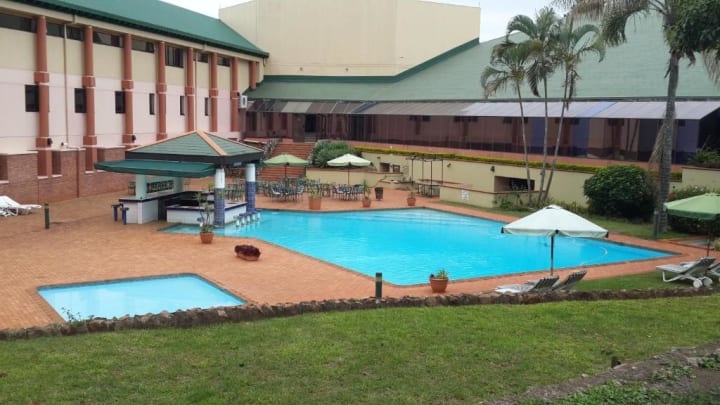
Visitors can enjoy the crafts at Tintsaba Crafts, just past the Piggs Peak Hotel.
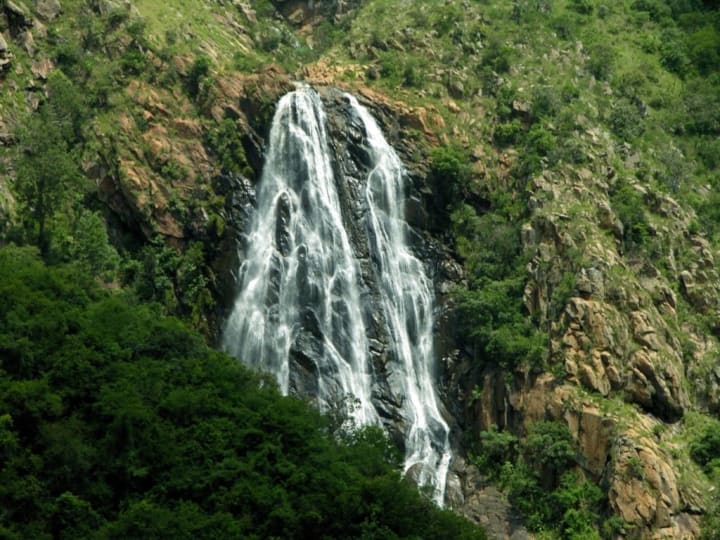
You can take a wonderful excursion from Mbabane to lovely Pine Valley and follow along the Umbeluzi River with waterfalls.
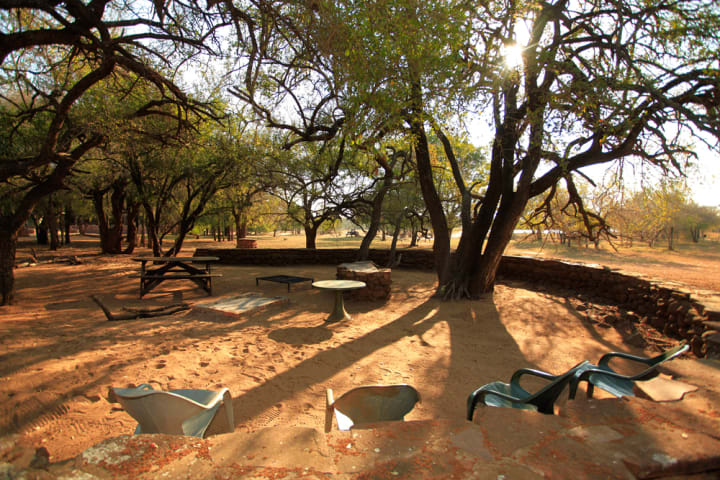
Hlane Royal National Park is home to the largest herds of game in the country. It is the one place in Swaziland where visitors can see lions, elephants, and rhinos. It is a great place for bird watchers having the highest density of breeding white-backed vultures on the continent.
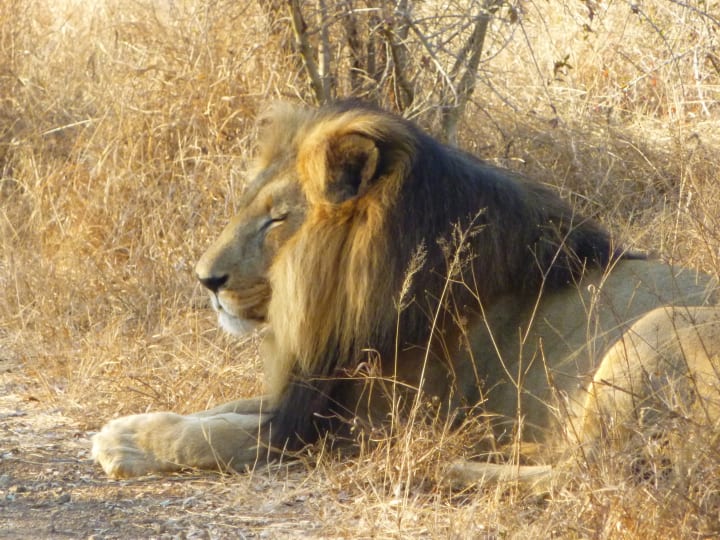
Visitors have to have a guided game drive to see the lions which make their home in a separate enclosure. Other self-guided drives are allowed in other areas. You can choose mountain biking, cultural visits to a nearby Swazi village, bird walks and overnight fully-catered bush treks.
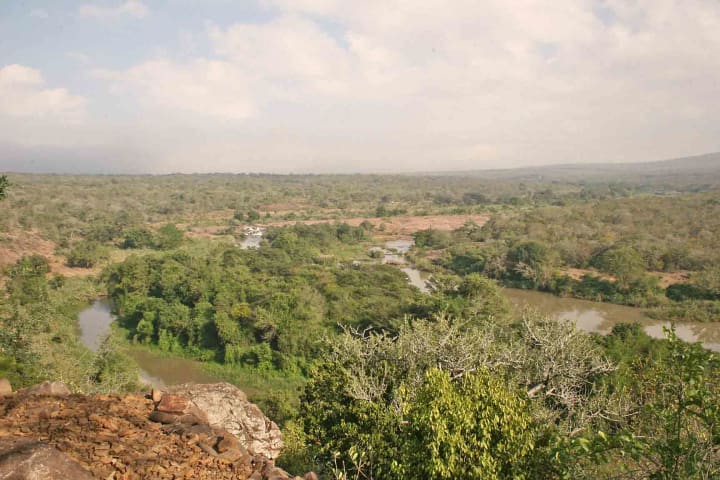
Mbuluzi Game Reserve is privately owned. This is a peaceful retreat sitting on the banks of the croc-filled Mlawula River. Visitors can enjoy self-guided wildlife safaris and see animals like giraffes, zebra, kudu, jackal, wildebeest, and nyala during the day and hyenas, genets, servals, and honey badgers during the night.
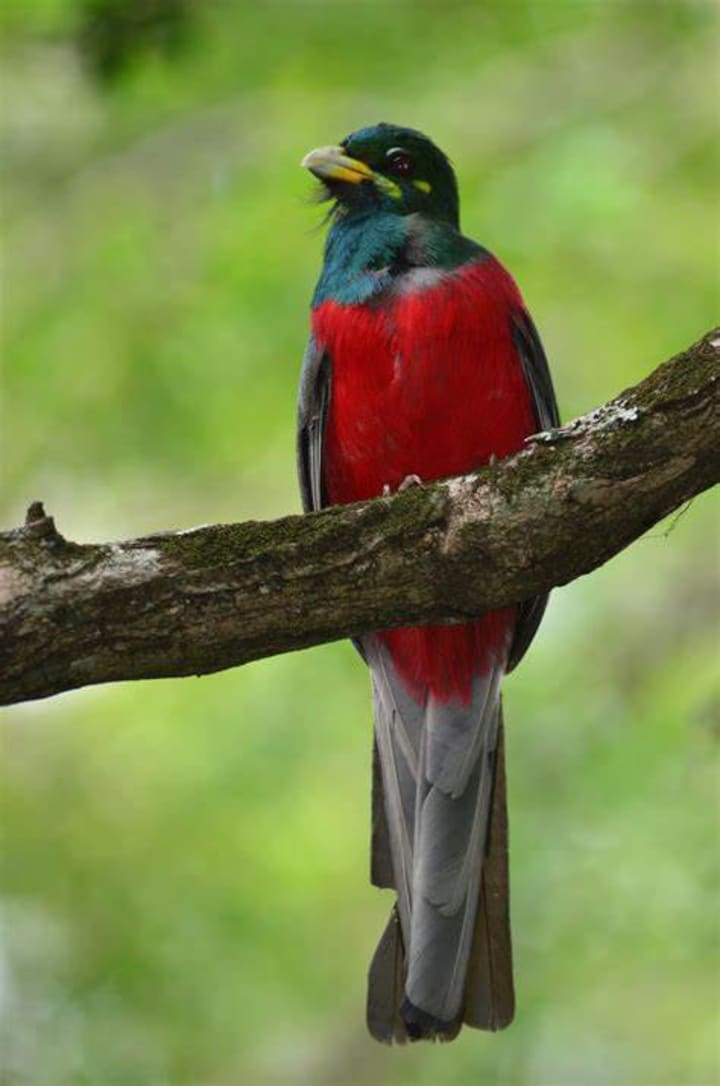
There are over 300 bird species among them the beautiful Narina trogon. Visitors can hike along the well-marked nature trails, mountain bike, and fish in the two rivers. Accommodation can be along the riverfront campsites and safari tents or several family lodges.
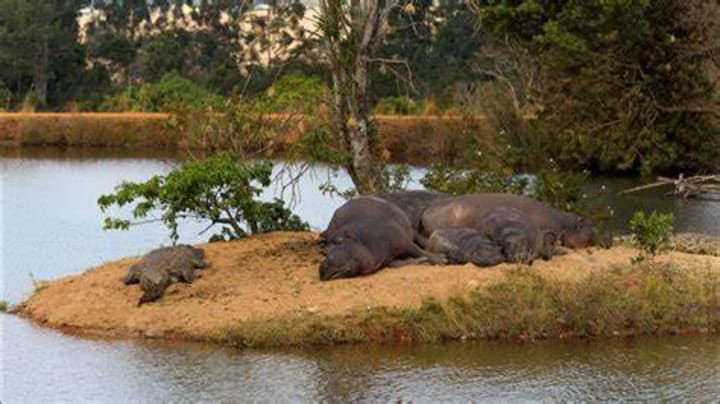
Mililwane Wildlife Sanctuary is in the beautiful Ezulwini Valley. This is one of Swaziland’s first conservation areas and its most popular game reserve. It was established by Ted and Elizabeth Reilly, who turned their farm into a game reserve.
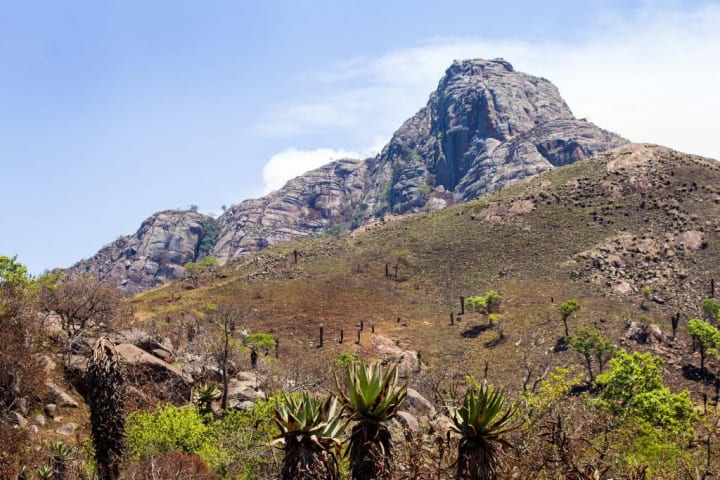
It is surrounded by the Nyonyane Mountains. It is home to over 400 species of birds and animals among them zebras, vervet monkeys, crocodiles, warthogs, caracals, hippos, and antelopes. Activities here include game drives, nature walks, mountain biking, horseback riding, a village cultural experience, and swimming in the rest camp’s pool. For accommodation, you can choose self-contained cottages, traditional Swazi-style beehive huts, and a luxury hilltop lodge.
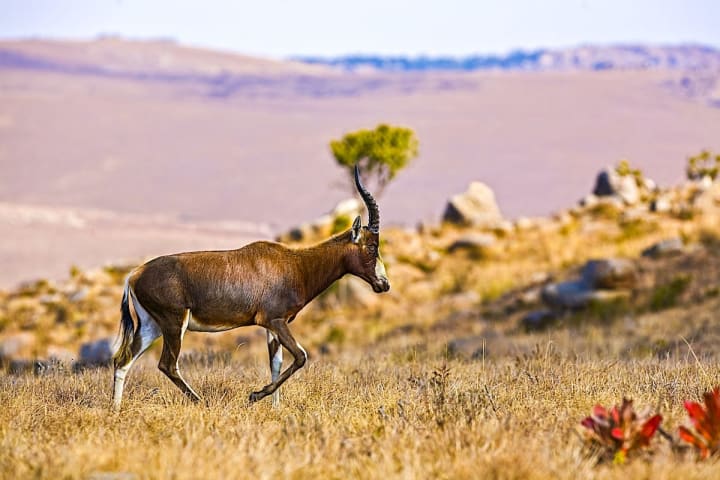
Malolotja Nature Reserve is the largest protected area in the country. Its name means “river with many rapids and waterfalls”.
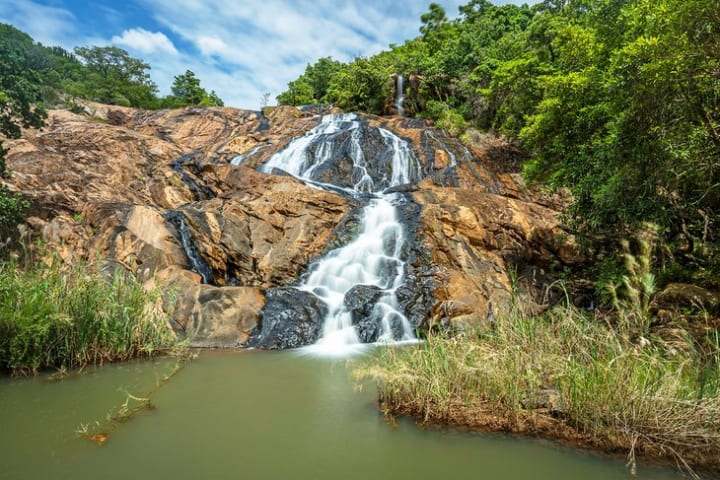
It is divided by the Malolotja River which forms a series of waterfalls including the country’s highest cascades, the Malolotja Falls.
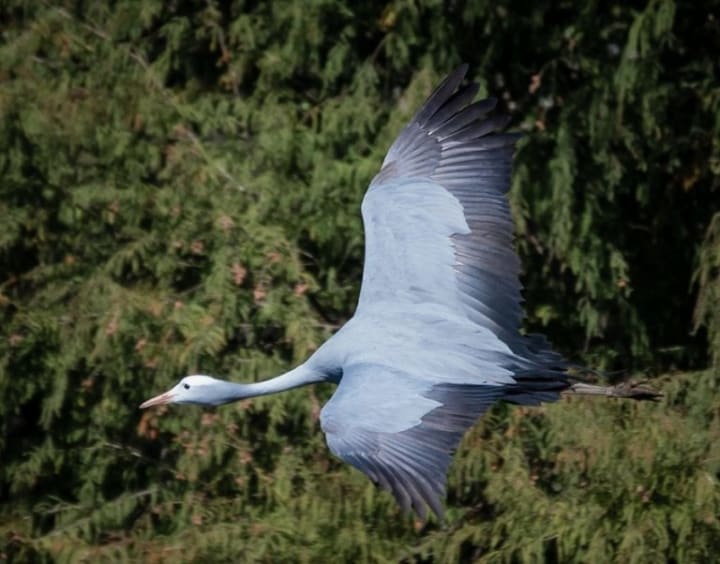
One of the best features of the reserve is its hiking trails. The fauna is notable for the abundance of reptiles and birds like breeding groups of endangered species such as blue cranes and bald ibis. Among the mammals are rock hyraxes, elands, and zebras. A great way to experience the reserve is by taking the Treetop Canopy Tour.
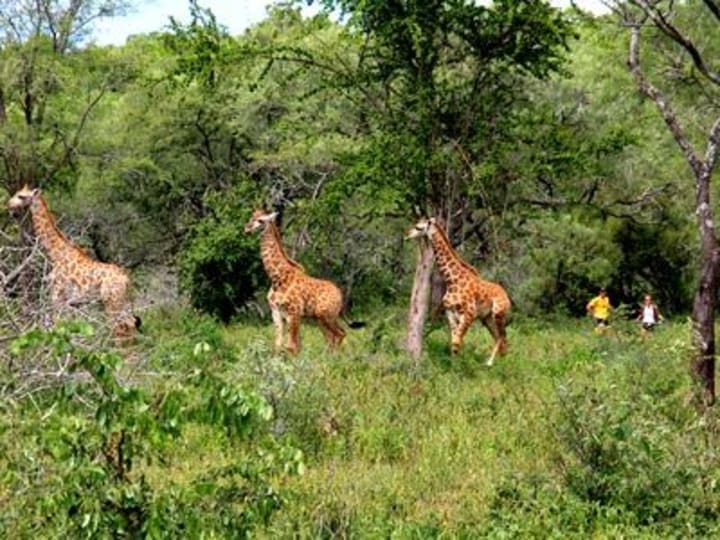
The Mlawula Nature Reserve extends from the lowlands up into the Lebombo Mountains. The landscape here ranges from dry savannah to rolling green valleys and dense riverine forests with mountains rising along the Mozambique border. Among the wildlife here are wildebeest, kudu, impalas, and tortoises. There are 350 species of birds. Roads allow for self-guided game drives and for hiking on the walking trails. Fishing is popular here. Accommodations consist of campsites, luxury, ensuite tents, and a cottage.
About the Creator
Rasma Raisters
My passions are writing and creating poetry. I write for several sites online and have four themed blogs on Wordpress. Please follow me on Twitter.
Enjoyed the story? Support the Creator.
Subscribe for free to receive all their stories in your feed. You could also pledge your support or give them a one-off tip, letting them know you appreciate their work.


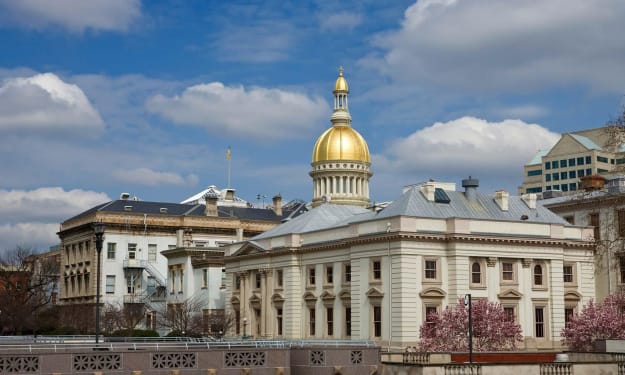



Comments
There are no comments for this story
Be the first to respond and start the conversation.